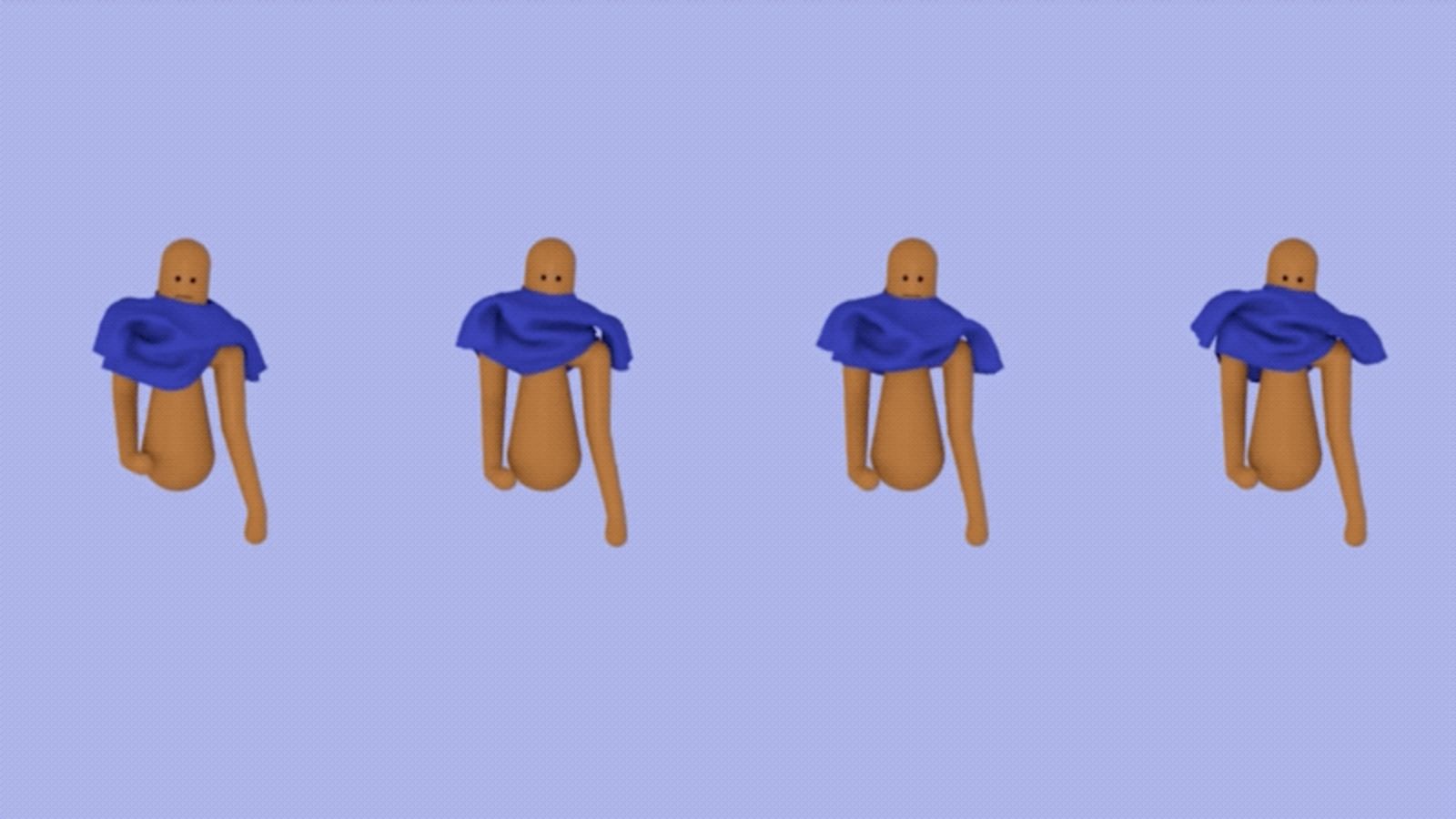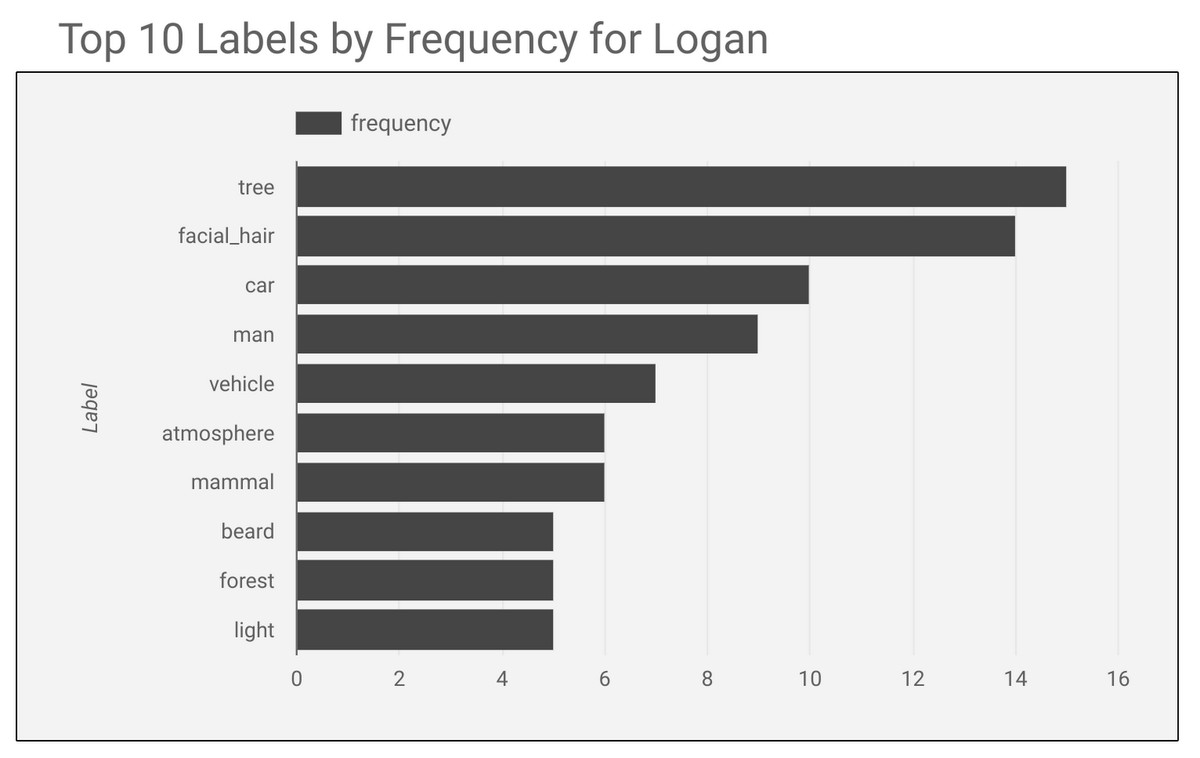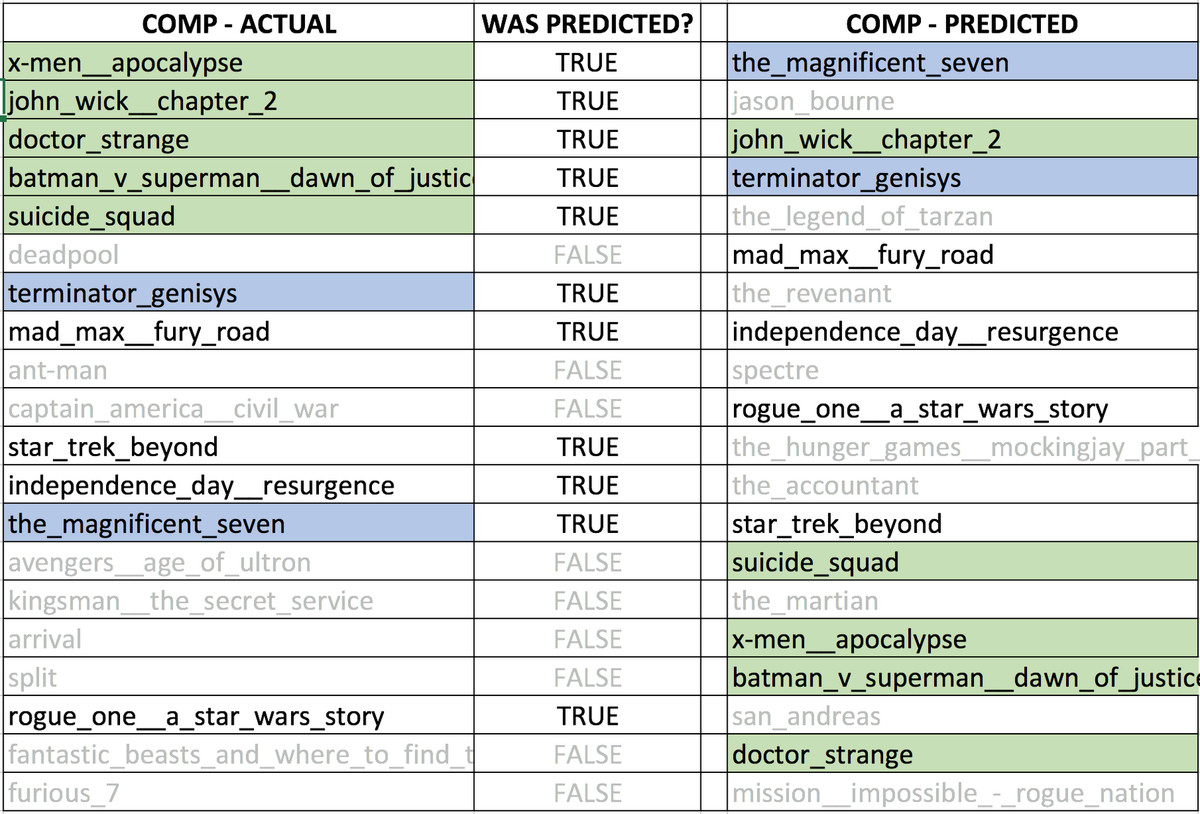The founders of Predictim want to be clear with me: Their product—an algorithm that scans the online footprint of a prospective babysitter to determine their “risk” levels for parents—is not racist. It is not biased.
“We take ethics and bias extremely seriously,” Sal Parsa, Predictim’s CEO, tells me warily over the phone. “In fact, in the last 18 months we trained our product, our machine, our algorithm to make sure it was ethical and not biased. We took sensitive attributes, protected classes, sex, gender, race, away from our training set. We continuously audit our model. And on top of that we added a human review process.”
At issue is the fact that I’ve used Predictim to scan a handful of people I very much trust with my own son. Our actual babysitter, Kianah Stover, returned a ranking of “Moderate Risk” (3 out 5) for “Disrespectfulness” for what appear to me to be innocuous Twitter jokes. She returned a worse ranking than a friend I also tested who routinely spews vulgarities, in fact. She’s black, and he’s white.
“I just want to clarify and say that Kianah was not flagged because she was African American,” says Joel Simonoff, Predictim’s CTO. “I can guarantee you 100 percent there was no bias that went into those posts being flagged. We don’t look at skin color, we don’t look at ethnicity, those aren’t even algorithmic inputs. There’s no way for us to enter that into the algorithm itself.”
Source: I Tried Predictim AI That Scans for ‘Risky’ Babysitters
So, the writer of this article tries to push for a racist angle, however unlikely this is. Oh well, it’s still a good article talking about how this system works.
[…]
When I entered the first person I aimed to scan into the system, Predictim returned a wealth of personal data—home addresses, names of relatives, phone numbers, alternate email addresses, the works. When I sent a screenshot to my son’s godfather of his scan, he replied, “Whoa.”
The goal was to allow parents to make sure they had found the right person before proceeding with the scan, but that’s an awful lot of data.
[…]
After you confirm the personal details and initiate the scan, the process can take up to 48 hours. You’ll get an email with a link to your personalized dashboard, which contains all the people you’ve scanned and their risk rankings, when it’s complete. That dashboard looks a bit like the backend to a content management system, or website analytics service Chartbeat, for those who have the misfortune of being familiar with that infernal service.
[…]
Potential babysitters are graded on a scale of 1-5 (5 being the riskiest) in four categories: “Bullying/Harassment,” “Disrespectful Attitude,” “Explicit Content,” and “Drug use.”
[…]
Neither Parsa nor Simonoff [Predictim’s founders – ed] have children, though Parsa is married, and both insist they are passionate about protecting families from bad babysitters. Joel, for example, once had a babysitter who would drive he and his brother around smoking cigarettes in the car. And Parsa points to Joel’s grandfather’s care provider. “Joel’s grandfather, he has an individual coming in and taking care of him—it’s kind of the elderly care—and all we know about that individual is that yes, he hasn’t done a—or he hasn’t been caught doing a crime.”
[…]
To be fair, I scanned another friend of mine who is black—someone whose posts are perhaps the most overwhelmingly positive and noncontroversial of anyone on my feed—and he was rated at the lowest risk level. (If he wasn’t, it’d be crystal that the thing was racist.) [Wait – what?!]
And Parsa, who is Afghan, says that he has experienced a lifetime of racism himself, and even changed his name from a more overtly Muslim name because he couldn’t get prospective employers to return his calls despite having top notch grades and a college degree. He is sensitive to racism, in other words, and says he made an effort to ensure Predictim is not. Parsa and Simonoff insist that their system, while not perfect, can detect nuances and avoid bias.
The predictors they use also seem to be a bit overly simplistic and unuanced. But I bet it’s something Americans will like – another way to easily devolve responsibility of childcare.















